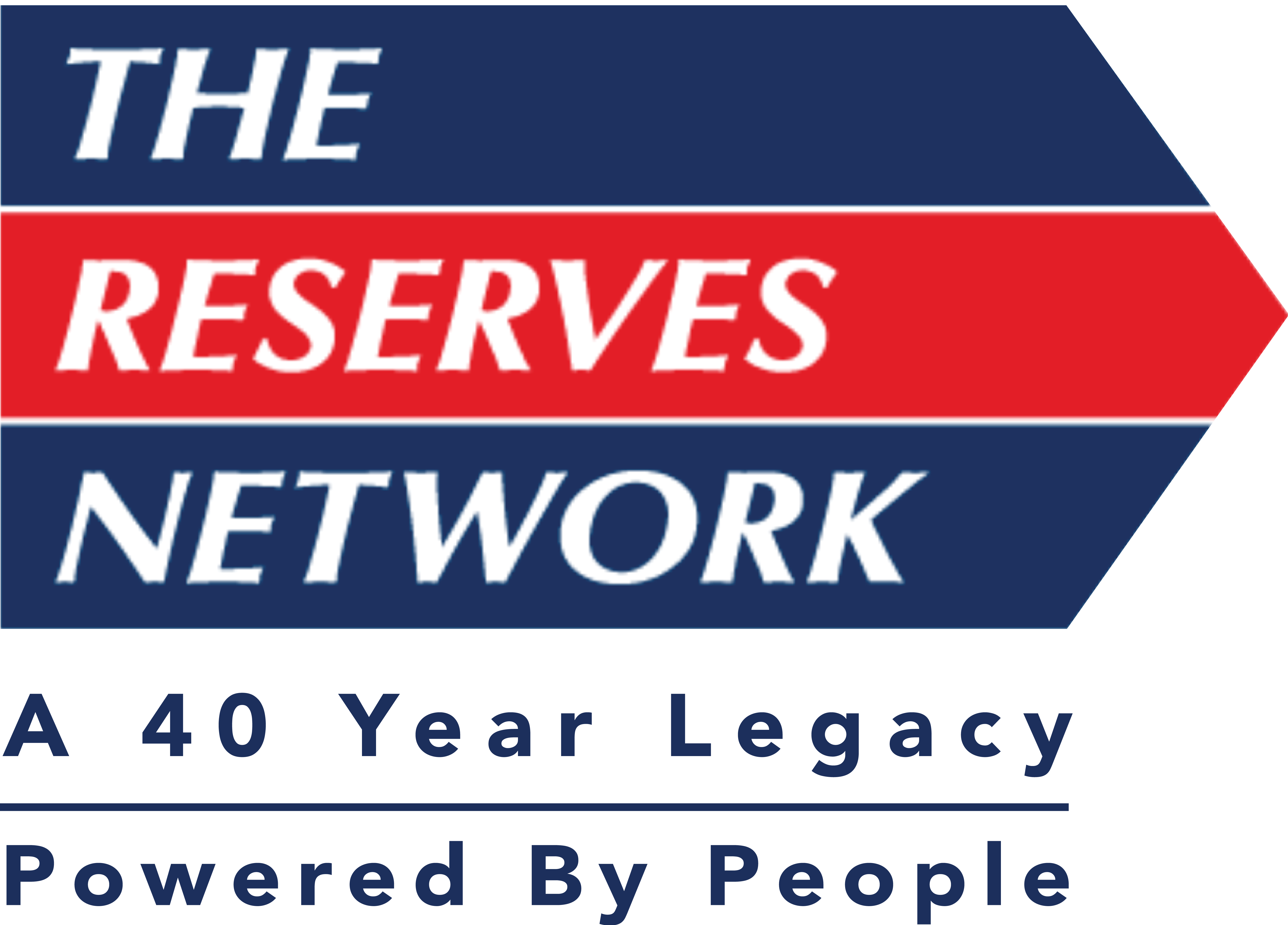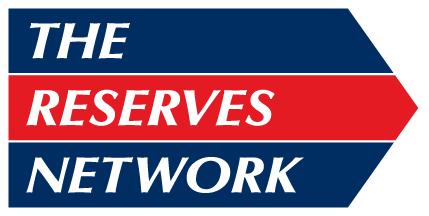5 Leadership Styles That Improve the Manager-Employee Relationship
The new year is your time to improve as a person. For managers, this means taking the time to evaluate your effectiveness as a leader. So what does an effective leader look like?
As you work on how to become a better manager in 2017, don’t just focus on improving the manager you were last year. Think about the needs of your company. Pay attention to each individual team member you manage, their personality, their needs, their skills and potential as a professional. To be the best leader you can in 2017, choose the leadership style that best suits your team, not simply the style that fits your personality and professional abilities.
Democratic
Democratic leaders allow the decisions of the group to guide the team, it allows the individual team members to be the top priority. It allows the raised level of employee satisfaction to drive productivity forward. This form of management works best with teams that are self-sufficient, highly skilled and highly motivated.
Autocratic
This style of leadership is the “do as I say” style that often gets negatively associated with a dictatorial form of leadership. When used in the right setting, this form of leadership is very effective at keeping employees on task. However, it requires the highest level of involvement and planning from management to continuously guide the actions and expectations of the team. It is best utilized with employees that are more action-focused and less planning- and organizationally-focused. Using this leadership style on more innovative employees may come off as condescending and lead to friction.
Coaching
Most employees, especially new hires, will require some level of professional coaching. A coaching leader will invest more time upfront in order to educate their team and create, or take advantage of, extra learning opportunities. This extra effort often pays off down the line when their employees are more independent.
Laissez-Faire
Laissez-Faire is a relaxed style of leadership that allows the team to dictate strategy and pace. This is the perfect management style for groups that are self-reliant and only need a leader every so often when a conflict arises or an important deadline is approaching.
Affiliative
If the democratic leadership style is the “how can I help you” leadership style, then the affiliative leadership style is the “how can I connect with you” style. When employees become disengaged from work or a crisis occurs, their trust needs to be reclaimed. An affiliative manager will work to create a culture of belonging and companionship among the team.
As you read through the various leadership styles, how did they resonate with you and what do you think your team will benefit from? Was one leadership style perfect for one employee and a different style right for another? This is quite common as teams can vary drastically. The important thing to do as a leader is to educate and motivate each employee in their own uniquely effective way.
For advice on building and managing a team, contact the experts at The Reserves Network today! And to view an informative SlideShare on this topic, please click here.


